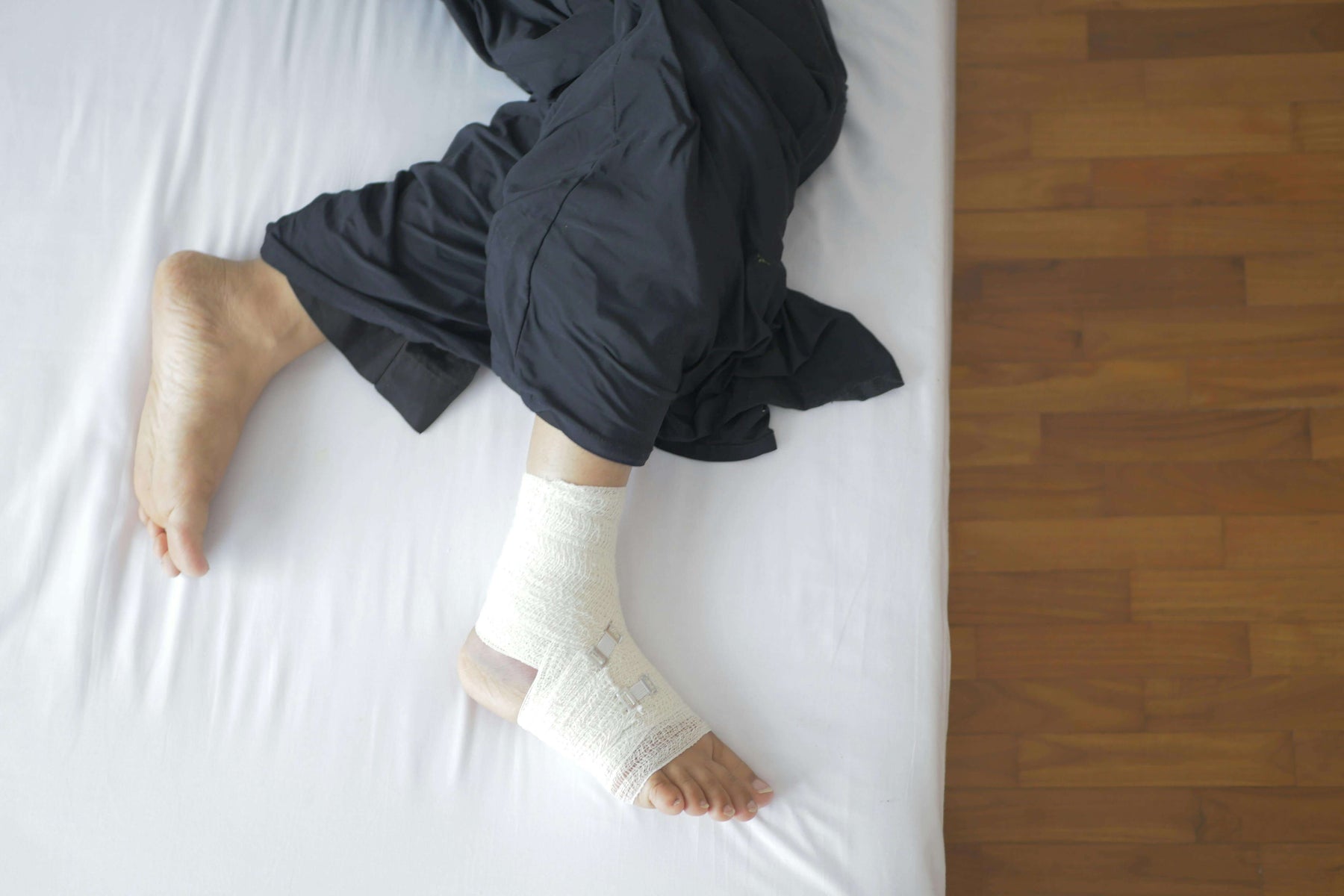
Diabetic Wound Solutions: Best Practices for Prevention and Care

Living with diabetes can feel like a juggling act, especially when it comes to managing your health. One area that often requires extra attention is wound care. For many people living with diabetes, wounds can take longer to heal, which can understandably be frustrating. The good news is that by understanding why this happens and adopting some effective strategies, you can enhance your healing process and take steps to prevent wounds from forming in the first place.
In this guide, we’ll share practical tips to help you keep your skin healthy and reduce the risk of complications.
Identifying the Challenges
What Makes Wound Healing Difficult for Diabetics?
- Poor Circulation: For diabetics, blood vessels can become narrow and stiff, which means less blood flow to the extremities. This reduced circulation makes it harder for the body to deliver the oxygen and nutrients needed for healing.
- Neuropathy: Another common diabetes side effect is nerve damage (a.k.a. neuropathy), which can dull the sensation in your feet and other areas. This makes it all too easy to overlook minor cuts or blisters that can lead to bigger problems if left untreated.
- Weakened Immune System: Diabetes can also affect your immune system, making it tougher for your body to fend off infections. This means wounds might take longer to heal and can be at a higher risk for complications.
- High Blood Sugar Levels: When glucose levels are elevated, they can hinder the function of white blood cells, which play a crucial role in fighting off infections and healing wounds.
Recommended Tips for Healing

1. Do an Everyday Wound Check
Daily checks of your feet and other sensitive areas are key. Look for any cuts, blisters, redness, or swelling. A mirror can be your best friend for spotting those hard-to-see places.
2. Monitor Your Blood Sugar
Always keep your blood sugar levels in check. Regularly monitoring your levels and sticking to your prescribed medication or insulin routine can help prevent complications down the line.
3. Clean Your Wounds Gently
When it comes to cleaning your wounds, stick to mild soap and water. Avoid harsh chemicals like hydrogen peroxide, as they can harm the tissue and slow down healing. After cleaning, gently pat the wound dry with a clean towel.
4. Keep Your Skin Hydrated
Moisturizing your skin is essential to prevent dryness and cracking, which can lead to wounds. Choose a diabetic-friendly lotion, but remember to steer clear of applying it between your toes to avoid any fungal infections.
5. Choose the Right Dressings
Pick wound dressings that suit the type and severity of your wound. Moist wound healing options like hydrocolloids or hydrogels can speed up the healing process. Be sure to change your dressings regularly, and don’t hesitate to ask your doctor for advice on the best dressing for your specific needs.
6. Seek Professional Advice
If a wound isn’t showing signs of healing within a few days or if it’s deep, infected, or large, it’s important to get professional medical care. Healthcare providers can offer advanced treatments such as debridement, antibiotics, or specialized dressings to help you heal faster and more effectively.
Best Practices for Prevention

1. Prioritize Foot Care
Taking care of your feet should be a daily habit. Make it a point to wash your feet every day, trim your toenails with care, and choose well-fitting shoes to avoid pressure points and blisters.
2. Schedule Regular Check-ups
Make regular visits to your healthcare provider, more specifically a podiatrist. These check-ups can help you catch any foot problems early, keeping minor issues from becoming serious concerns.
3. Manage Your Diabetes Wisely
The key to preventing complications, including wounds, lies in effective diabetes management. Focus on maintaining a balanced diet, getting regular exercise, and sticking to your medication plan. These habits form the foundation for your better overall health.
4. Educate Yourself
Knowledge is power when it comes to wound care and prevention. It’s essential to understand the risks and learn how to manage minor wounds effectively. Knowing when to seek professional help can make all the difference.
5. Protect Your Feet
Invest in protective footwear, like Doctor’s Select Diabetic Socks, which are designed with stretchy, non-binding tops as well as smooth toe seams to amplify comfort and improve circulation. Avoid walking barefoot, and choose shoes that provide ample support and cushioning to help prevent injuries.
6. Keep Moving
Staying active is not just good for your overall health–it also boosts circulation, which aids in healing wounds faster. Just be sure to focus more on lower-impact activities that minimize the risk of foot injuries.
Conclusion
Caring for wounds as a diabetic takes a little extra attention, but with the right approach, you can make a big difference in your health. By embracing these best practices for healing and prevention, you can lower your risk of complications, speed up recovery, and enjoy a better quality of life.
Stay proactive and take charge of your well-being—you deserve it!
